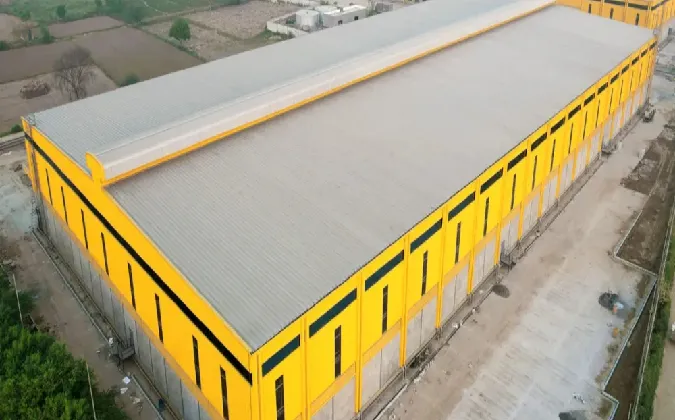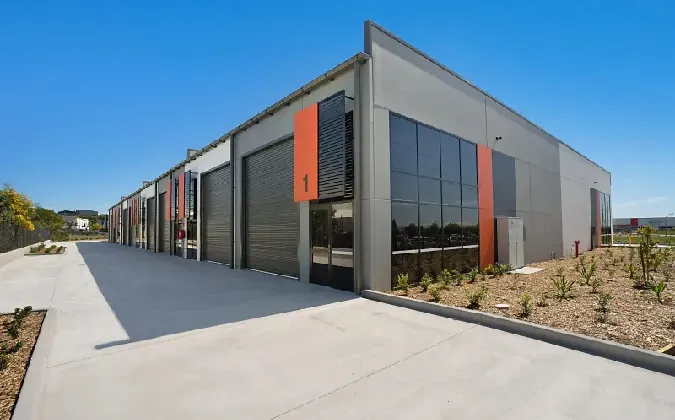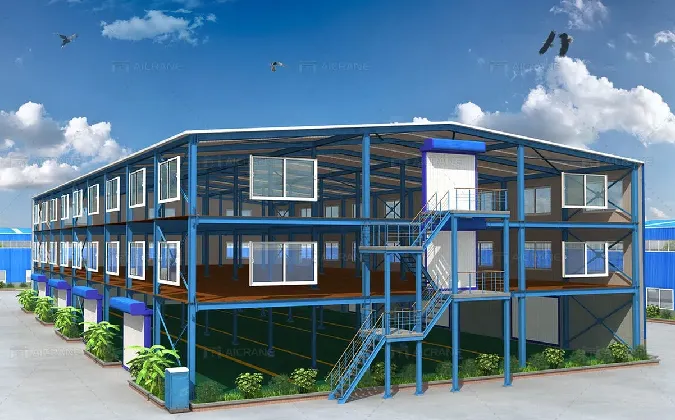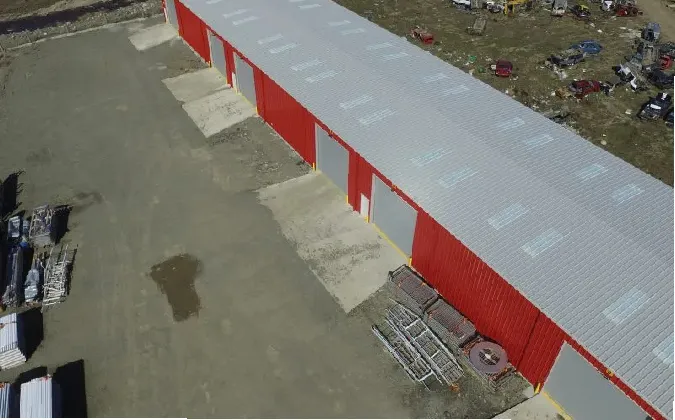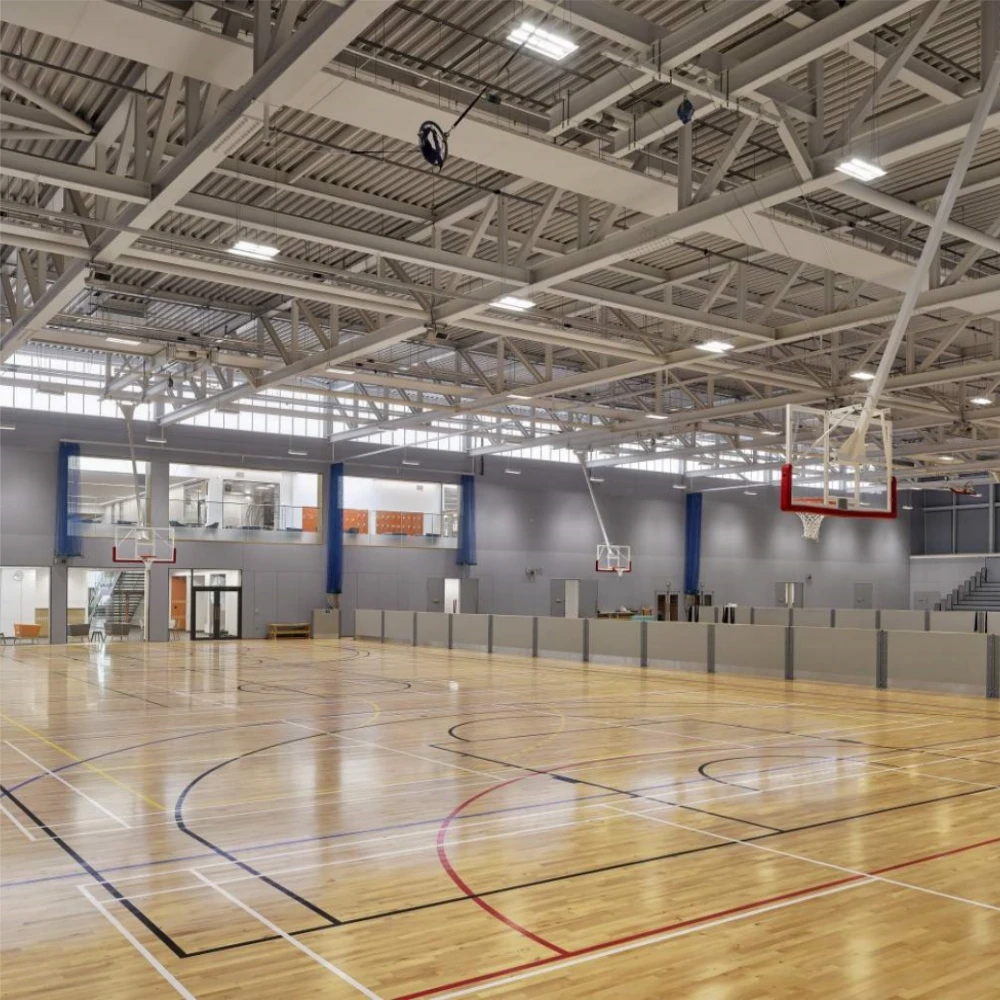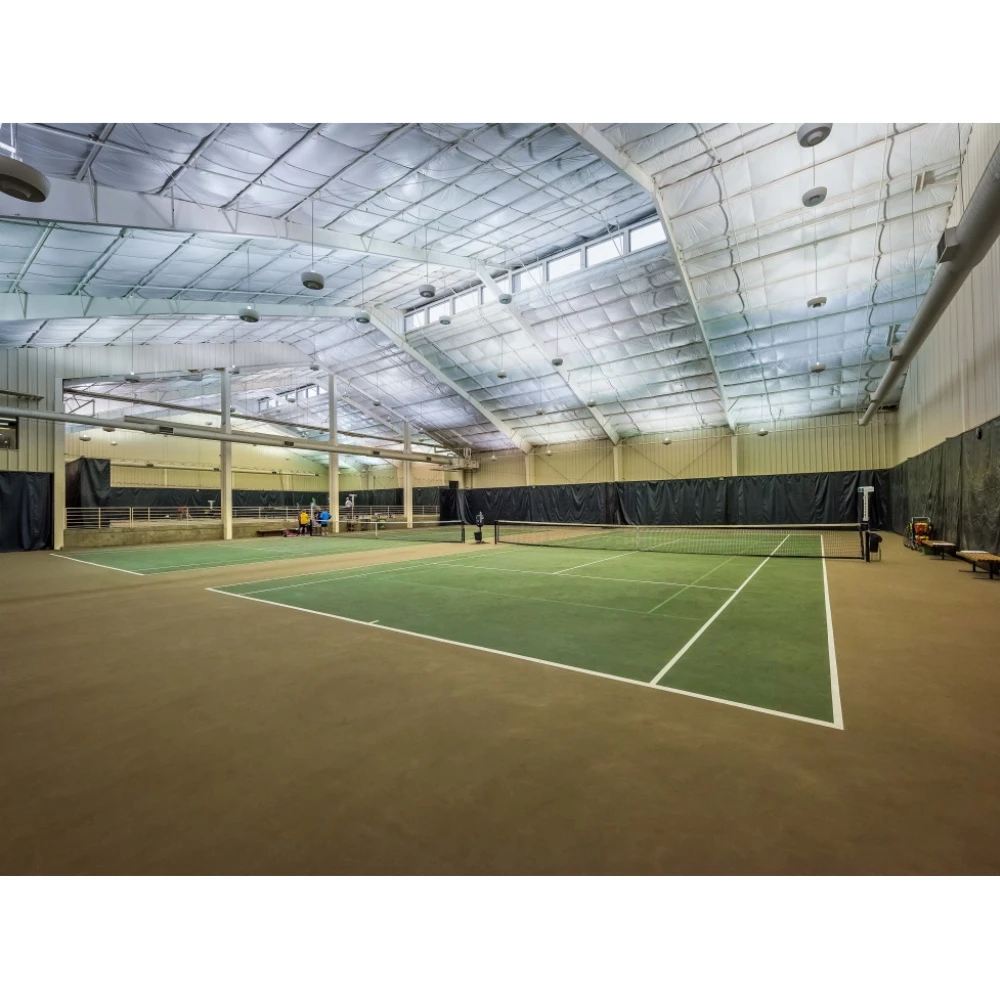- Afrikaans
- Albanian
- Amharic
- Arabic
- Armenian
- Azerbaijani
- Basque
- Belarusian
- Bengali
- Bosnian
- Bulgarian
- Catalan
- Cebuano
- Corsican
- Croatian
- Czech
- Danish
- Dutch
- English
- Esperanto
- Estonian
- Finnish
- French
- Frisian
- Galician
- Georgian
- German
- Greek
- Gujarati
- Haitian Creole
- hausa
- hawaiian
- Hebrew
- Hindi
- Miao
- Hungarian
- Icelandic
- igbo
- Indonesian
- irish
- Italian
- Japanese
- Javanese
- Kannada
- kazakh
- Khmer
- Rwandese
- Korean
- Kurdish
- Kyrgyz
- Lao
- Latin
- Latvian
- Lithuanian
- Luxembourgish
- Macedonian
- Malgashi
- Malay
- Malayalam
- Maltese
- Maori
- Marathi
- Mongolian
- Myanmar
- Nepali
- Norwegian
- Norwegian
- Occitan
- Pashto
- Persian
- Polish
- Portuguese
- Punjabi
- Romanian
- Russian
- Samoan
- Scottish Gaelic
- Serbian
- Sesotho
- Shona
- Sindhi
- Sinhala
- Slovak
- Slovenian
- Somali
- Spanish
- Sundanese
- Swahili
- Swedish
- Tagalog
- Tajik
- Tamil
- Tatar
- Telugu
- Thai
- Turkish
- Turkmen
- Ukrainian
- Urdu
- Uighur
- Uzbek
- Vietnamese
- Welsh
- Bantu
- Yiddish
- Yoruba
- Zulu
Dec . 11, 2024 11:28 Back to list
The selection of materials for warehouse building construction is a critical factor that impacts both long-term durability and initial investment. Options such as galvanized steel warehouse, metal storage warehouse, and structural steel warehouse each come with their unique strengths and trade-offs. Let’s explore how these materials affect performance, costs, and overall utility.
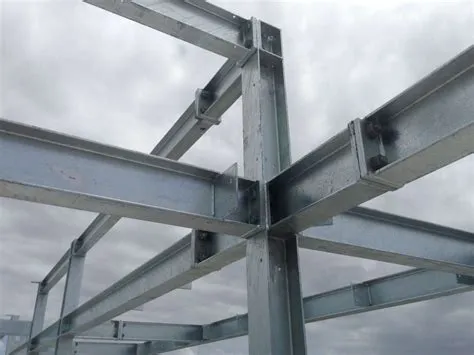
Advantages of Using Galvanized Steel in Warehouse Buildings
Galvanized steel warehouse structures are renowned for their durability and resistance to environmental elements.
Durability and Cost Factors:
- Corrosion Resistance:Galvanized steel’s zinc coating protects it from rust and weathering, making it ideal for humid or coastal regions.
- Lightweight Yet Strong:Despite its strength, galvanized steel is relatively lightweight, reducing transportation and assembly costs.
- Cost-Efficiency:The initial investment in galvanized steel may be higher, but its long lifespan and low maintenance needs make it cost-effective over time.
However, galvanized steel warehouses may have higher upfront costs compared to untreated materials, and any damage to the protective coating could expose the steel to corrosion.
Metal Storage Warehouses: Balancing Strength and Flexibility
For versatile applications, metal storage warehouses are a popular choice due to their adaptability and lower construction time.
Advantages:
- Ease of Assembly:Prefabricated metal components simplify the building process, reducing labor costs.
- Customizable Design:Metal storage buildings allow for scalable and flexible layouts, accommodating diverse storage needs.
- Lower Maintenance:Metals such as aluminum or steel require minimal upkeep, enhancing their long-term value.
Disadvantages:
- Thermal Insulation Challenges:Without additional insulation, metal warehouses can be prone to temperature fluctuations, potentially impacting stored goods.
- Noise Levels:Rain or hail can create noise on metal roofs, which may be distracting in some operational environments.
Structural Steel Warehouses: The Backbone of Industrial Storage
For heavy-duty storage and industrial needs, structural steel warehouse buildings provide unparalleled strength and scalability.
Key Advantages:
- High Load-Bearing Capacity:Structural steel can support significant loads, making it suitable for multi-level warehouses and heavy equipment storage.
- Durability Under Stress:Steel structures are designed to withstand natural disasters, such as earthquakes or hurricanes.
- Recyclable Material:Steel is environmentally friendly, as it can be recycled without losing its properties.
Cost Considerations:
- Initial Investment:Structural steel is more expensive upfront compared to other materials like wood or concrete.
- Maintenance Costs:While durable, steel may still require periodic treatments to prevent corrosion or structural fatigue.
Concrete vs. Steel: A Comparative Analysis for Warehouse Buildings
Concrete is often an alternative to steel for warehouse building construction, offering distinct benefits and drawbacks.
Concrete Advantages:
- Thermal Efficiency:Concrete provides excellent insulation, reducing heating and cooling costs.
- Fire Resistance:It is naturally fireproof, providing additional safety for stored goods.
- Low Noise Levels:Concrete walls and roofs dampen sound, creating a quieter interior environment.
Concrete Disadvantages:
- High Construction Costs:Concrete warehouses are labor-intensive to build and require significant material costs.
- Limited Flexibility:Unlike steel, concrete structures are less adaptable to future expansions or modifications.
When to Choose Steel Over Concrete:
- If scalability and quick assembly are priorities, steel is the better choice.
- For projects in regions with extreme temperature variations, concrete’s thermal efficiency can be advantageous.
Galvanized Steel and Structural Steel: A Winning Combination
Many modern warehouses combine galvanized steel and structural steel for maximum durability and cost-effectiveness.
Benefits of the Hybrid Approach:
- Corrosion Resistance with Structural Integrity:The galvanized coating protects the structure, while the underlying steel provides the necessary strength.
- Cost Optimization:Hybrid designs balance the high upfront cost of galvanized components with the durability benefits of structural steel.
- Aesthetic Appeal:Steel’s sleek appearance complements modern architectural styles, enhancing the overall look of the warehouse.
Choosing the right materials for your warehouse building, whether it's a galvanized steel warehouse, metal storage warehouse, or structural steel warehouse, is a strategic decision that impacts durability, cost, and functionality. Our expertly crafted solutions ensure you get the best of both worlds: high performance and value for your investment. Visit our website now to explore the perfect warehouse solution for your needs!
-
How Do Prefabricated Steel Structures Transform Modern Construction?
NewsJul.14,2025
-
How Do Prefabricated Metal Buildings Redefine Modern Construction?
NewsJul.14,2025
-
How Do Prefab Insulated Metal Buildings and Steel Structures Revolutionize Modern Construction?
NewsJul.14,2025
-
How Do Pre - Engineered Steel Structures Redefine Modern Construction?
NewsJul.14,2025
-
Advancing Modular Construction with Prefabricated Metal Structures
NewsJul.14,2025
-
Advancing Industrial Infrastructure with Prefabricated Steel Solutions
NewsJul.14,2025
Products categories
Our Latest News
We have a professional design team and an excellent production and construction team.






